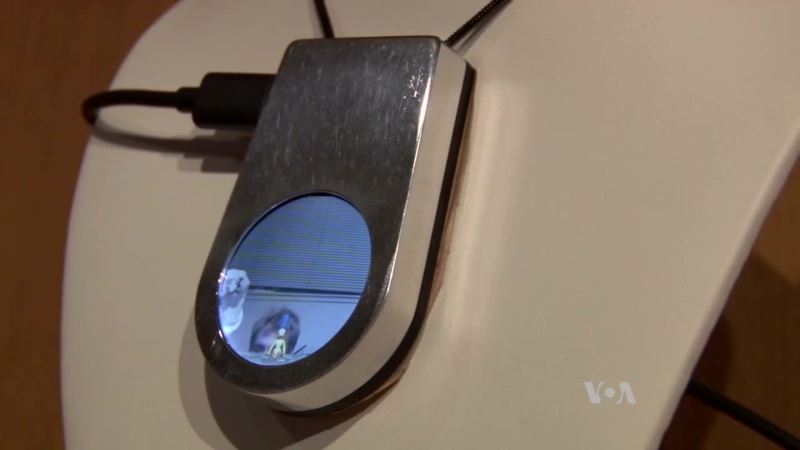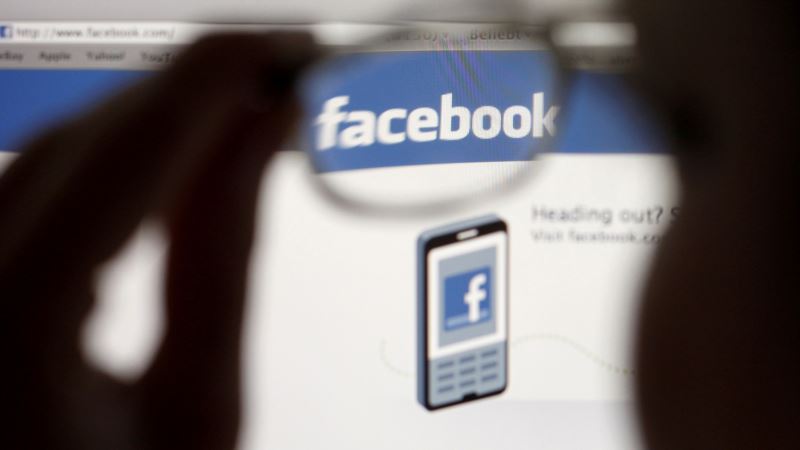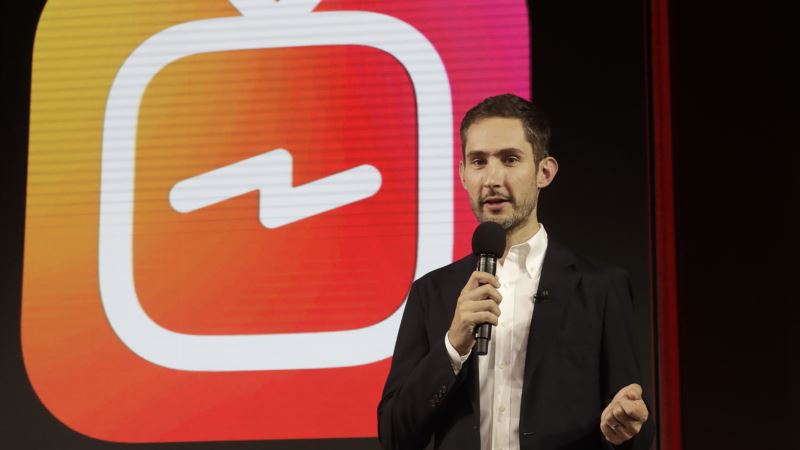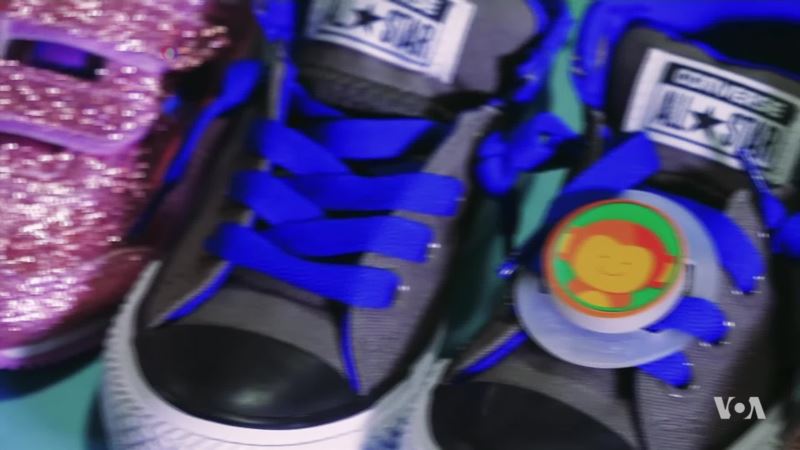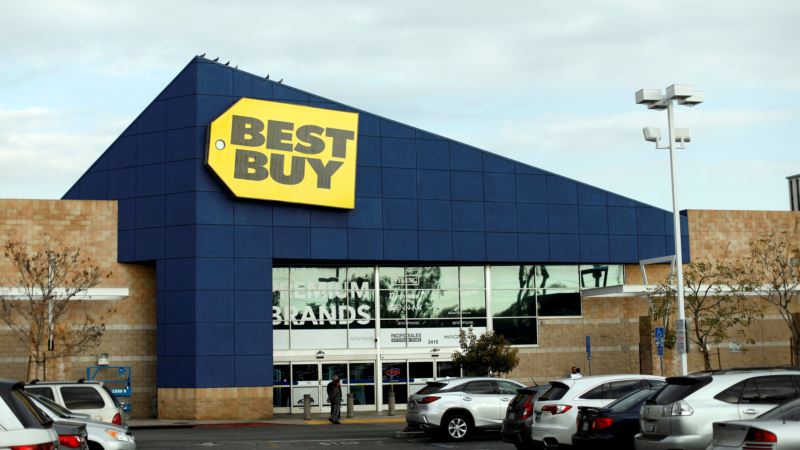When a person dies in this age of social media, his digital imprint may live on. One California artist is exploring how to use digital artifacts to create a futuristic funeral. The process starts with a consultation at the Hereafter Institute, an immersive artistic program at the Los Angeles County Museum of Art (LACMA). The Institute is part technology company and part funeral home. Participants in the consultation learn about how they can plan their digital afterlife. "I have friends that have passed away and somehow their Facebook accounts remain alive, and so once a year when it’s their birthday, Facebook says, 'Wish so-and-so a happy birthday,' " resulting in a "kind of awkward, sad" situation, said Carolina Miranda, a staff writer for the Los Angeles Times and a Hereafter Institute participant. Interactive performances Institute creator Gabriel Barcia-Colombo applied for a grant from the art and technology lab at LACMA and has been working on this project for the last year to examine what happens to a person's digital record when he dies. In collaboration with New York theater director Benita de Wit, Barcia-Colombo created a series of interactive performances that deal with death, technology and social media. ”This technology sort of has a life of its own, and the question is: How do you want to be remembered? What are you going to do with your technology? And do you want to take control of that, or do you want to sort of leave it up to these other corporations or other people to deal with your own memories?” asked Barcia-Colombo. The participants of a Hereafter Institute consultation are shown necklaces with video images of a person in a locket as one way to store a person's data. They are also taken to a room with black monolith called the Hereafter Monument. On top is a vinyl record encoded with data through audio tones. With the help of technologist Pedro Oliveira, timelines of people’s profiles are placed on a record, and the data in the record are turned into text that appears on the side of the monument, as a way to remember a person who has died. 'Very moving' experience By using audio, photos and videos, a virtual reality experience of Barcia-Colombo’s grandfather was created. With virtual reality, people can "visit" a person who has passed away. “With all this data and all these video memories, we can really sort of think about how people moved, or reacted to jokes, or how they laughed, so to be able to see him walking again … was very moving to me,“ said Barcia-Colombo. "It would be a little bit difficult and disheartening to see a loved one," said Lucy Redoglia, a Hereafter Institute participant and LACMA’s social media manager. "It’s not a perfect reproduction of the person. It’s still very digitized. There’s something a little cartoony about it," Miranda said. "So I think as a memorial it functions, but I don’t think it would ever be in danger of becoming something that you could almost grow attached to because it’s a replacement of the person." Body scan A participant also gets a 360-degree body scan. At the end of the consultation, the participant is led to a room to witness a personalized eulogy and video presentation, with an avatar created by the body scan walking into the distance. The Hereafter Institute may be an artist’s creation, but participants say the ideas aren’t so farfetched, because digital memorials are already happening when someone dies. "You want to go back and look at all their pictures and you want to write a message to their family," said Redoglia. "These kinds of impromptu digital memorials exist, and I think what this is implying is that what is impromptu might one day be officialized," Miranda said. "And that would not be surprising to me. Would I want one of those memorials? I don’t know. I don’t even want a tombstone, so I don’t know if I need a digital memorial, but it is not out of the ken of possibility." Barcia-Colombo said the aim of the program is to make people think about the possibilities and what they want to do with their digital footprints after death.
‘Funeral of the Future’ Memorializes With Digital Footprints
